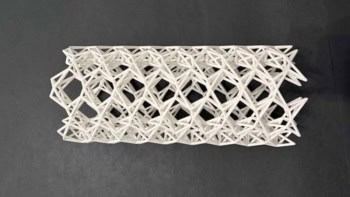Andrew Harrison talks about how the Grenoble lab hopes to maintain its world-class position despite the construction of a rival European neutron source being about to begin
Since its reactor first went critical 40 years ago, the Institut Laue-Langevin (ILL) in Grenoble, France, has maintained it reputation as Europe’s leading centre for neutron scattering. In this audio interview, ILL’s scientific director Andrew Harrison explains how the lab is in the middle of a major upgrade that aims to maintain its position as one of the world’s leading neutron centres.
This effort is particularly important now that construction of the European Spallation Source (ESS) in Sweden is set to get under way. The ESS is an accelerator-based facility that will offer a wide range of researchers, from biologists to engineers, neutron beams that are not available at ILL. However, Harrison insists that ILL will not become a white elephant when the ESS comes online in 2025 and explains how the two facilities will in fact complement each other.
Indeed, physicists at ILL have plenty of experience of working with other major science facilities because Grenoble is also home to the European Synchrotron Radiation Source (ESRF) and several other major research institutes. Harrison explains how this brings the best science and scientists to ILL and continues to encourage the development of other facilities in Grenoble.
The recent trend towards accelerator-based neutron sources, such as the ESS, is, however, leading to a fall in the number of research reactors worldwide, which is a concern to the medical community as it could threaten the supply of medical isotopes. Nevertheless, Harrison has some good news for medical physicists because, as he explains, the ILL has several pilot projects to look at how it could produce isotopes – particularly those that are not easily made elsewhere. Harrison also discusses how ILL is working with a commercial isotope supplier to work out how the institute’s high flux reactor could serve the medical community.



